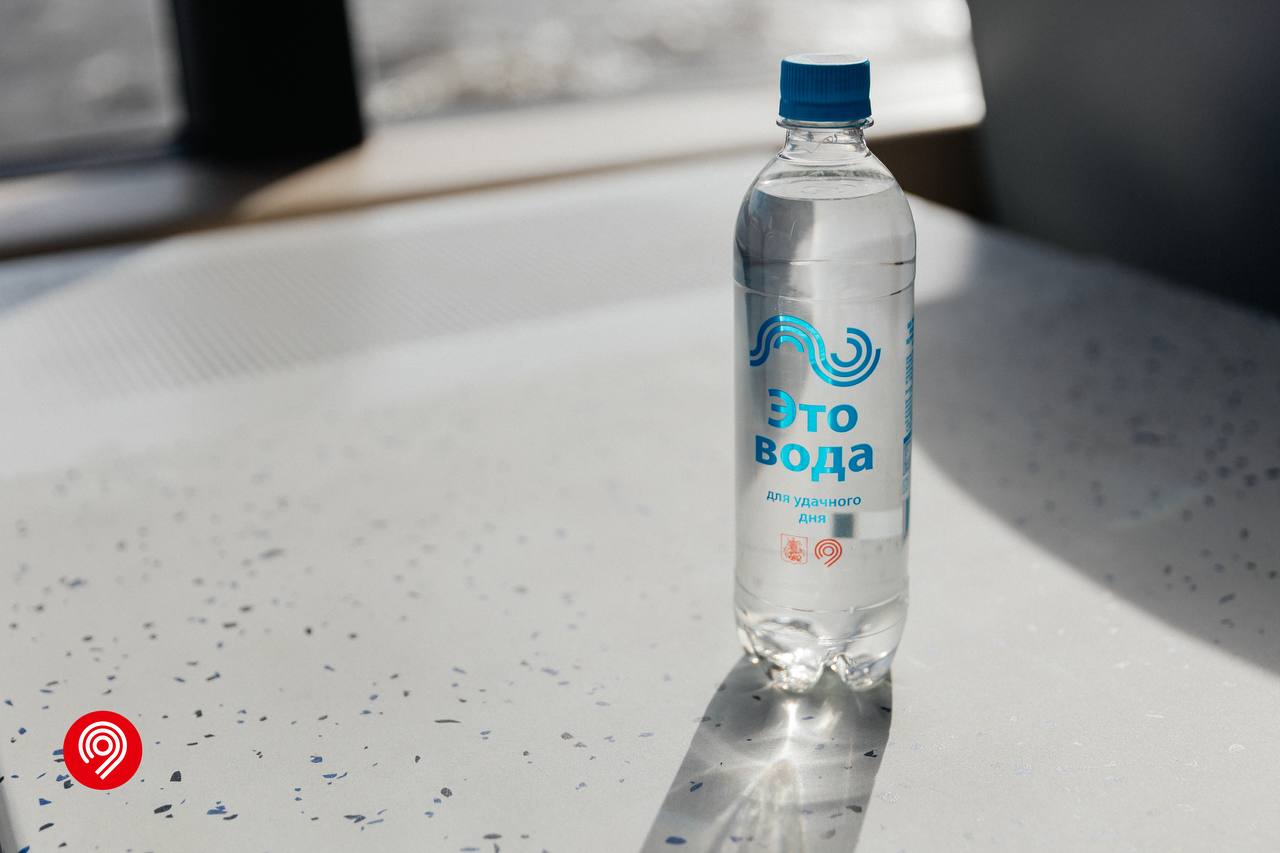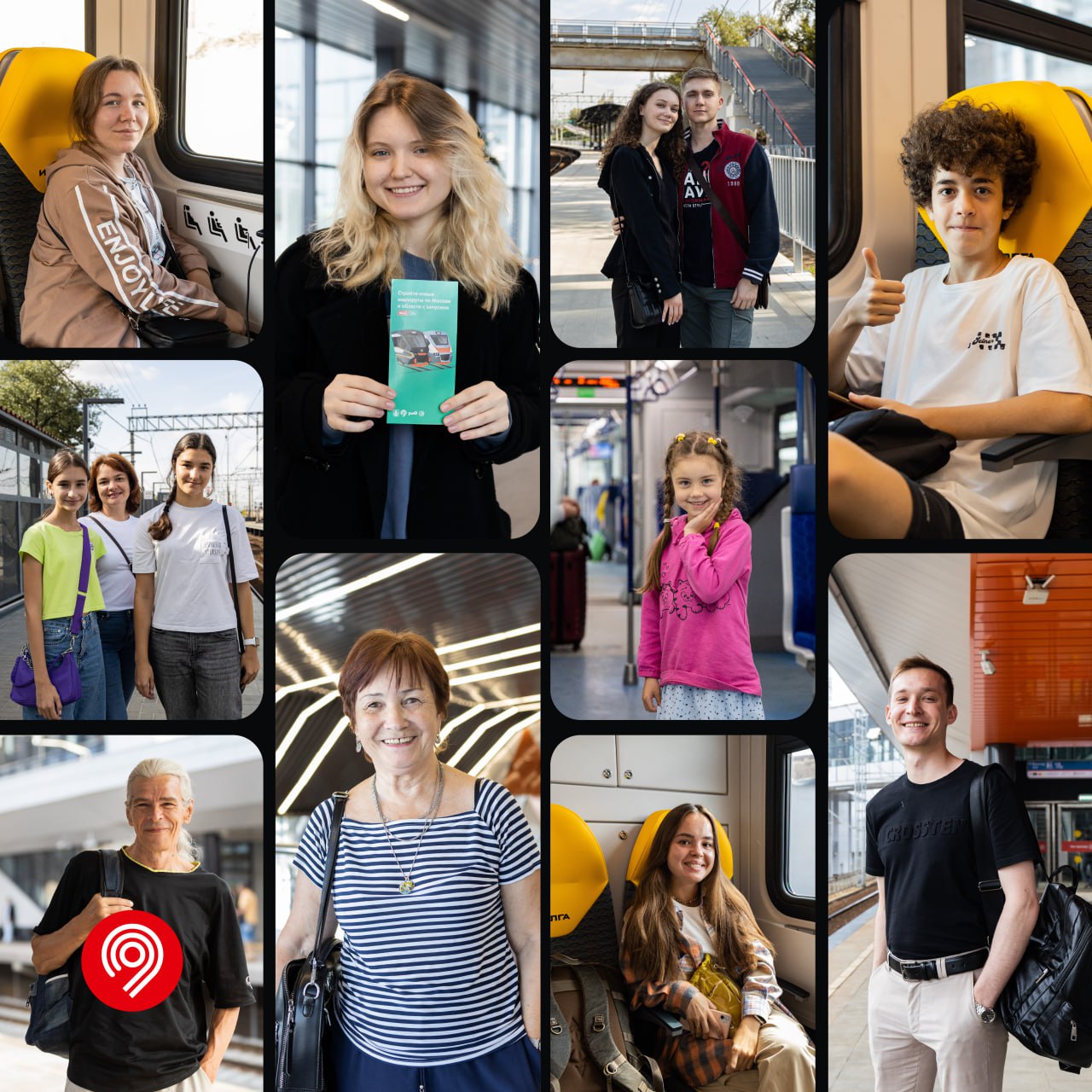Moscow launched the two first Moscow Central Diameters

The Moscow Central Diameters are a joint project of the Government of Russia, the Ministry of Transport of Russia, the Government of Moscow, the Government of the Moscow Region and Russian Railways. It was approved by the President of Russia in 2017 and currently provides for the launch of five diameters. In total, these are 182 stations and 375 kilometers of tracks. As a result, transport services for about 6.9 million Moscow residents and 5.5 million residents of the Moscow region will improve.
“This is the creation, in fact, of a new city transportation mode connecting and going through the whole of Moscow: from the nearest cities of one part of the Moscow Region through the entire capital to the cities of another part of the Moscow Region. This is an overground that will operate at 5-8 minutes headway, and every year we will reduce it,” – shared the Mayor of Moscow, Sergei Sobyanin.
The first two diameters include 132 kilometers of tracks and 57 stations, from 19 of which you can interchange between the Moscow Metro, the Moscow Central Circle and the radial directions of the Moscow Railway. By 2024, the number of stations should increase to 66, and the number of interchanges – up to 27.
The launch of the Moscow Central Diameters will allow reducing the load on the urban transport infrastructure by 10-12 percent. In particular, a decrease in the number of cars of the Moscow Region residents who daily come to Moscow by personal transport is expected. It will allow 5% unload of the major city outbound highways, as well as the Moscow Ring Road. In addition, the load at the terminal metro stations will decrease.

As a part of the railway infrastructure reconstruction, 78.5 kilometers of main tracks, 3 railway bridges and 28 platforms were built, and 77 platforms more were repaired. 249 train cars were purchased and another 660 train cars were renewed. Shelters and weather modules were installed at the stations to protect against rainfall. Moreover, 34 metro interchange stations were repaired for convenient connection with the MCD stations.
The MCD headway will equal to 5-8 minutes at rush hour, which is comparable to the metro and at the MCC headway. Thus, passengers will not need to remember the schedule.
Passengers can pay for travelling by the Moscow Central Diameters with a Troika card. Additionally, an interchange between the MCC, the metro and the MCD is free.
The two first MCDs’ zone includes 120 secondary schools, 60 higher education institutions, 55 parks, 48 cultural and entertainment facilities, 200 enterprises, 320 sports facilities and 40 medical facilities.
According to forecasts, by 2023, the total length of regional rail transport routes, which include the Moscow Metro, the MCC and the MCD, will be more than 1000 kilometers, the number of stations will increase to 498, and passenger traffic will exceed 12.5 million people a day.
“It is important to mention that if we compare our current railway projects, including the metro, the MCC, the MCD, with what we used to have in 2010, we witness that in 2010 there were only 300 kilometers of tracks, and now we have almost 600 kilometers. We plan to bring this figure to a thousand kilometers by 2023,” – added the Mayor of Moscow.


